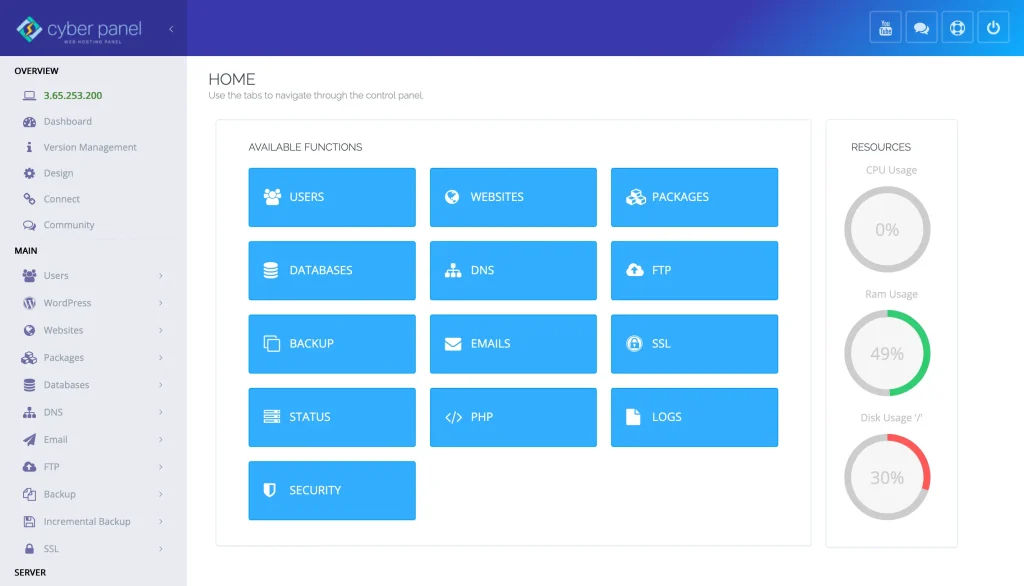Linux is the most popular operating system. So, what do you think doesn’t it take care of security? Linux handles security in a highly precise manner. PAM module in Linux is an important part of it. PAM stands for Pluggable Authentication Modules. Using PAM, you can manage authentication tasks in a flexible and centralized way.
You can do everything from logging to switching users with the PAM module in Linux. Moreover, PAM modules help Linux decide who gets access and in what manner.
This article is meant to reveal everything about the PAM module in Linux without taking up much time.
Let’s learn together!
What is the PAM Module in Linux?
The PAM module in Linux is a plugin that the system uses. It is used to handle various authentication mechanisms like password checks, user account policies, and session management. If we talk about storage, these modules are stored in /lib/security or /lib64/security and configured through the /etc/pam.d/ directory.
PAM module in Linux offers system admins full control over authentication. Because it stacks multiple modules and defines specific rules.
Get exclusive access to all things tech-savvy, and be the first to receive
the latest updates directly in your inbox.
What is the Use of the PAM Module in Linux?
PAM module in Linux server following purposes:
- Authentication: It verifies user identity
- Account Management: It checks password expiration and login limits
- Session Management: It starts and stops the session
- Password Management: It changes or enforces the password rules
Here are some common PAM Modules in Linux
| Module | Purpose |
|---|---|
| pam_unix | Traditional UNIX authentication |
| pam_tally2 | Login failure tracking |
| pam_limits | Enforces resource limits |
| pam_exec | Executes scripts on login/logout |
How to Install PAM Module in Linux?
We usually use a package manager to install a PAM Module in Linux:
On Ubuntu or Debian
sudo apt install libpam-modules
On CentOS or RHEL
sudo yum install pam
On Arch Linux
sudo pacman -S pambase
When you’re done with installation, configurations are added and modified in the /etc/pam.d/ files. It depends on which service or command you want to control.
What is the Location of the PAM Configuration?
PAM configuration files are found here:
- /etc/pam.d/- Main folder for service-specific files (like sshd, login, sudo)
- /etc/pam.conf- Older method, rarely used in modern systems
This is how each file contains module lines like:
auth required pam_unix.so
Each line has four parts: type, control, module, and arguments.

Role of CyberPanel

CyberPanel is a next-gen web hosting control panel powered by OpenLiteSpeed. It benefits from PAM by integrating Linux-level user authentication and securing web server operations. When you SSH into your CyberPanel server, PAM is here to do everything. PAM helps secure access, password policies, and even restrict failed login attempts. Means it contributes to a hardened Linux hosting environment.
FAQs: PAM Module in Linux
What is the use of the PAM module in Linux?
PAM can manage authentication processes like login, password checks, and user sessions in Linux.
How to install a new PAM module?
You have to use a Linux package manager like apt, yum, or pacman to install PAM modules.
Can I create custom PAM rules?
Yes, you can set custom rules in PAM config files.
Is PAM enabled by default in Linux?
Most Linux distributions have PAM already installed and actively used by default.
Simplify Linux Authentication with PAM Module Now!
To sum up, the PAM module in Linux gives you control over user access and security. No matter you are managing a personal server or a production machine, PAM is a powerful tool to lock down authentication and manage users effectively.
Take full control of Linux security, master PAM modules today!



